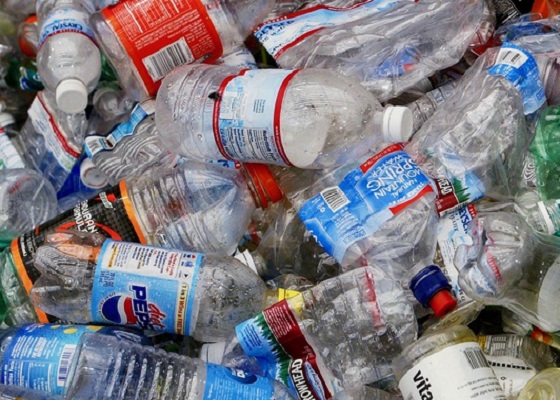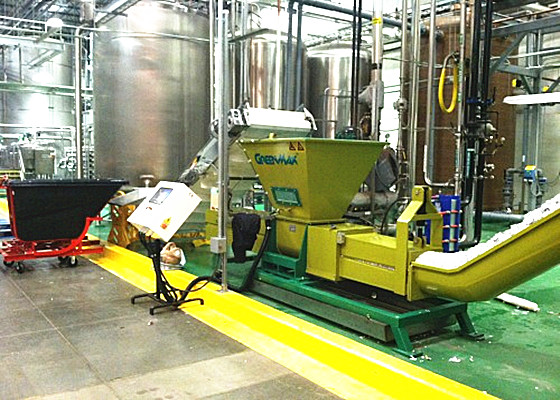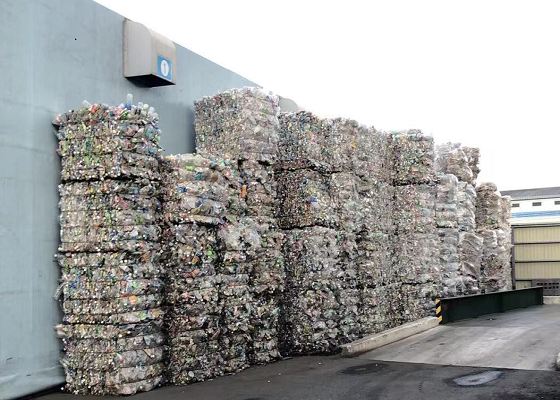PET is a type of plastic commonly used for packaging various products. It is lightweight and durable, making it a popular choice in the manufacturing industry. We can see various PET products in our daily life, especially the drink bottles presented on shop shelves. To achieve sustainability of development, there are already many PET recycling programs around the world. Through recycling, PET bottles can be made into food-grade products again.
Why PET bottles can be made into food-grade products?
Due to its lightweight and durable properties, as well as it is safe and does not react with food or beverages, PET is widely used in food packaging, beverage packaging, and personal care industries. PET is also safe to recycle into food-grade products as it does not release harmful chemicals or substances when properly disposed of.
The demand for PET recycling is increasing in recent years. According to a report by the National Association for PET Container Resources (NAPCOR), 1.8 billion pounds of PET were recycled in the US in 2020. The recycling process for PET bottles starts with the collection and sorting of the bottles. The bottles are then washed and shredded into small pieces. Next, the shredded material is passed through a dewatering machine, which removes any remaining liquid from the material. After the material has been dewatered, it is melted down and formed into flakes. These flakes can then be used to create a variety of new products, including food-grade containers and bottles. Dewatering machines contribute a lot in the mid of the process.
In recent years, advancements in dewatering technology have made the process of recycling more efficient and cost-effective. For example, the GREENMAX PET dewatering machines specialize in removing water, compacting beverage bottles and packaging recycling. Recycling PET bottles into food-grade products is an important process that helps to reduce waste and protect the environment. PET bottles can be safely and effectively recycled into food-grade products, supporting a circular economy and sustainable packaging options.


